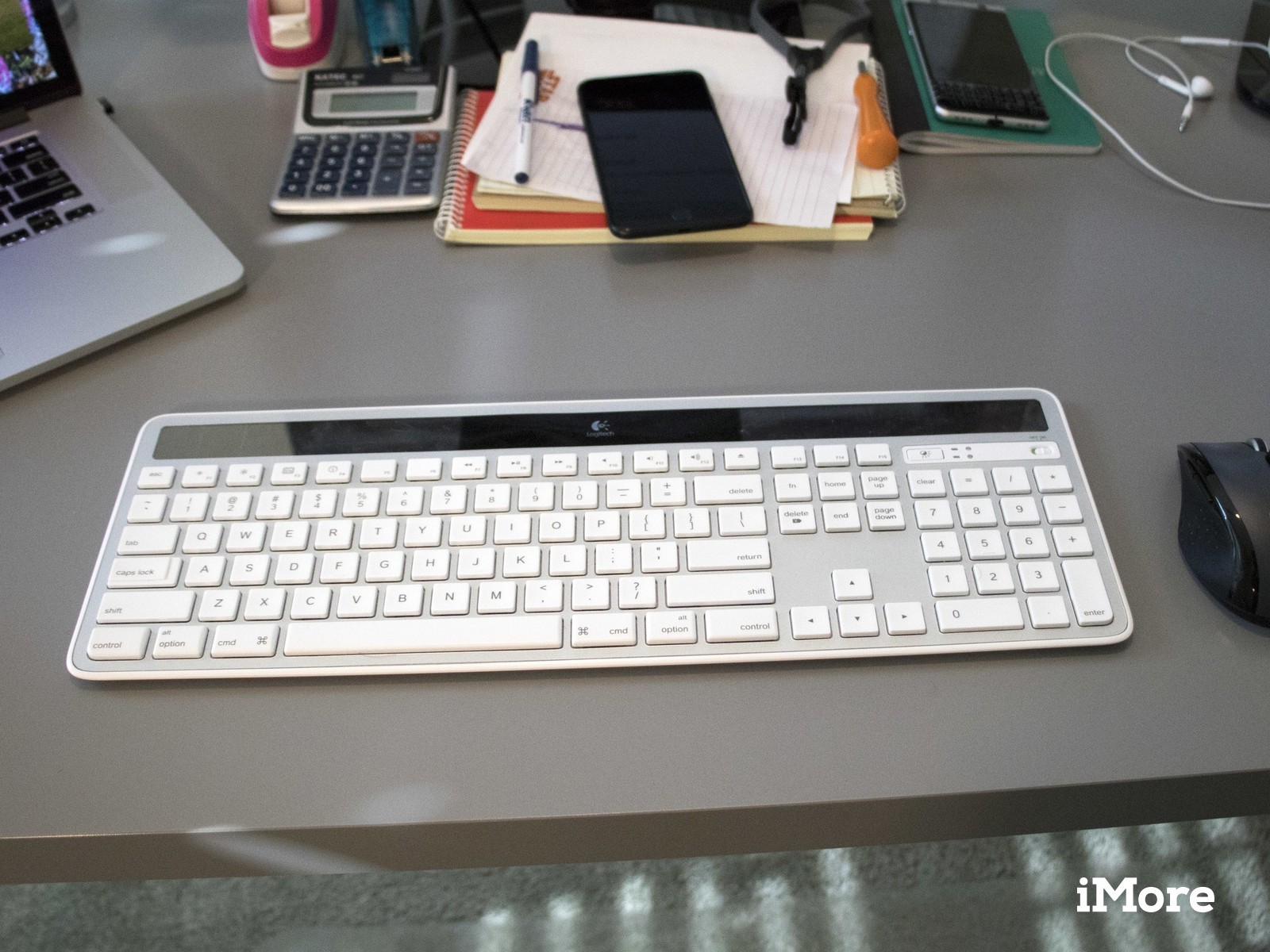

The solaar CLI utility has options for 'show', 'pair', and 'unpair' so you can perform all of the normal controls and checks. There is also a Details button on every screen, which will show you the gory bits, such as serial number, firmware version and such. There is a Pair button on the receiver screen, so you add more Unifying devices, and an Unpair button on the screen for each currently paired device. The solaar GUI, shown here, displays the status of the receiver itself, and of each device connected to it. The package includes both GUI and CLI versions. The solaar package is available in the repositories of most Linux distributions I have installed it for testing with this mouse on openSUSE Tumbleweed, Fedora, Debian (testing), Ubuntu, Linux Mint, PCLinuxOS and openSUSE Leap. I am completely baffled by this, so if anyone knows anything else about it, feel free to enlighten me. According to xev it doesn't send a mouse button code, it sends some kind of key press events. It is not marked or identified on the surface of the mouse in any way, and I can't find any mention of it in the (very sparse) documentation included with the mouse or on the Logitech support web site. In addition to these, there is a button lurking under the surface in the thumb area, below the Forward/Back buttons. The following table describes the buttons and the button-codes they send to Linux. The M720 has a LOT of buttons (at least 9, maybe 10 or even 11 depending on how you count them).

When I used the Unifying receiver to connect with the Raspberry Pi, the mouse worked normally. I suspect that this problem is somehow related to the Raspbian updates made last year, when they rewrote the Bluetooth UI. All of these systems work just fine with my other Bluetooth mice. I tried this with the Pi 3 built-in Bluetooth, and the Pi 2 with two different Bluetooth USB dongles.


 0 kommentar(er)
0 kommentar(er)
